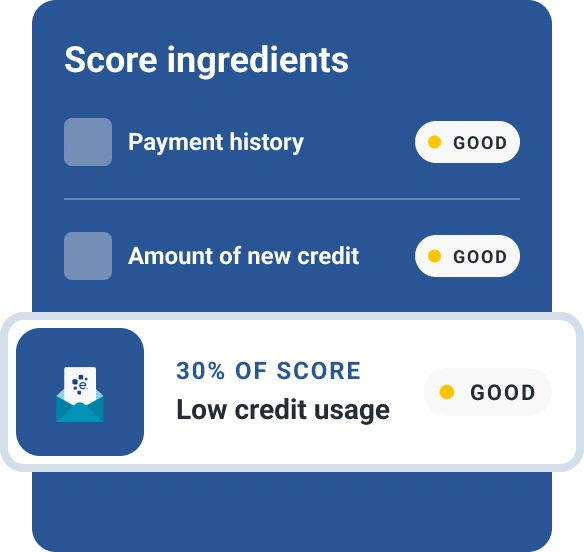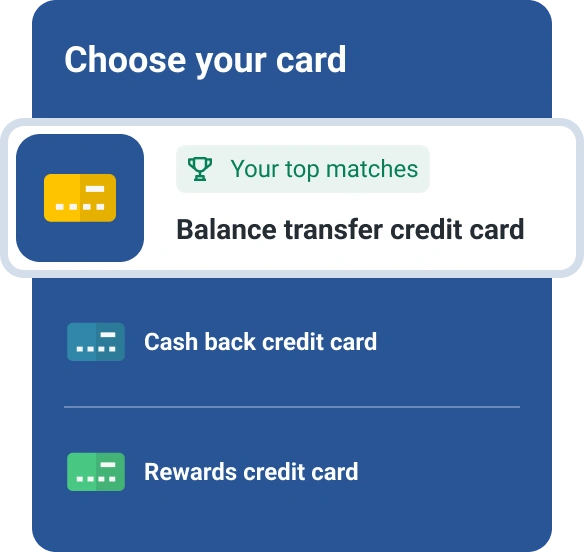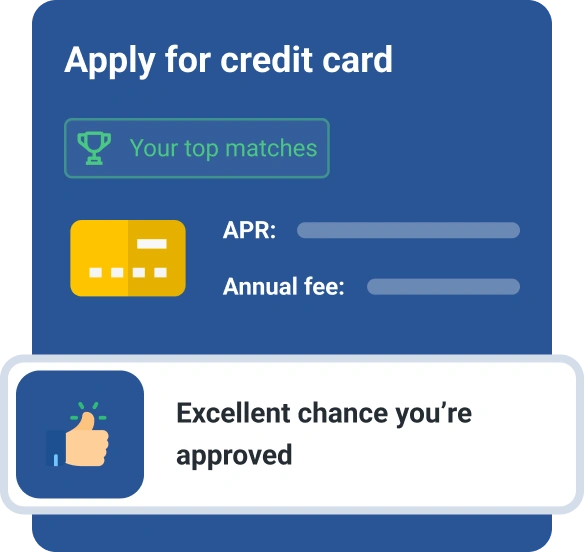Understanding Your Credit Card Balance

A credit card balance is the total amount of money you owe the credit card company at any given time. This is different from the statement balance, which is the amount of money you owe at the end of a billing cycle, or the minimum monthly payment you must make to keep your account in good standing.
Keep reading to learn how your credit card balance can affect your credit score and the best way to manage your payments to maintain a good credit score.
What Is the Difference Between Current Balance and Statement Balance?
Seeing several dollar amounts on your credit card statement can be confusing and make it less clear what you're actually obligated to pay when your payment comes due.
Here are the terms you'll likely see and what they mean:
- Statement balance: This is your total balance at the end of a billing cycle. If you want to avoid incurring interest charges, you need to pay the statement balance in full by your account due date.
- Current balance: If you check your credit card statement online, you'll also see your current balance. This is a running total that includes any new charges, fees, payments and credits that have posted to your account since the billing cycle ended. You don't need to pay the entire current balance to avoid interest charges, just the statement balance. However, if the charges you've made since the close of the last billing cycle are pushing your total credit card debt higher than you'd like, paying off the current balance early may help boost your credit score.
- Minimum monthly payment: This is the lowest amount you can pay in a billing cycle and still keep your account in good standing. The minimum payment is generally calculated based on your interest rate and your balance at the end of the billing cycle. Some card issuers calculate the minimum payment based on a flat percentage of your balance; others calculate it based on a percentage plus interest and fees. For balances under a certain amount, card issuers may not calculate an amount but instead ask for a set minimum payment, such as $25 or $35.
There are also two dates to pay attention to on your credit card bill: your statement end date and your payment due date. The difference between the two is called a grace period, during which time you don't accrue interest on the statement balance. If you pay the statement balance in full during the grace period, you won't owe any interest on those purchases. If you don't pay the entire statement balance, however, the remainder of the balance will start to accrue interest as soon as the grace period ends.
How a High Credit Card Balance Affects Your Credit Score
Your credit utilization ratio is the amount of revolving credit you're currently using divided by the total amount of revolving credit available to you. The less of your available revolving credit you use, the better it is for your credit score. Using too much of your available credit could indicate you are having trouble managing your money and are relying on credit cards to pay your bills.
How much is "too much," exactly? The FICO® ScoreΘ and VantageScore® and VantageScore models recommend keeping your total credit utilization ratio under 30%, but the lower, the better. That means if you have a credit card with a $10,000 limit, you should keep the balance below $3,000. Since credit utilization can account for up to 30% of your credit score, depending on the scoring model that's used, it's important to keep this ratio under control. The best way to do that is to pay off your balance in full each month.
What Should I Do if My Credit Card Balance Is High?
Now that you know how important a credit utilization ratio is, what should you do if your credit utilization has crept above that 30% marker? Make a plan to pay down your credit card debt as quickly as possible. There are several ways to do this.
- Use the debt avalanche method. If there are cards you can easily pay off immediately, start there. If not, identify which card has the highest annual percentage rate (APR). After making the minimum payments on all your cards, put any extra money toward paying off that card's balance. As soon as that card is paid off in full, put your extra funds toward the card with the next highest APR, and so on until they are all paid off. Every little amount above the minimum payment you pay will help get you out of debt faster.
- Get a balance transfer card. Another approach is to transfer some or all of your outstanding balance to a credit card with a lower interest rate. Balance transfer credit cards usually offer a low or 0% APR for a limited time period on balances you transfer from an existing card. Although you'll pay a balance transfer fee (typically between 3% and 5% of the amount transferred), you can still save money if you commit to paying off the balance transferred before the introductory period ends and interest begins to accrue.
- Take out a debt consolidation loan. If you have a lot of high interest credit cards carrying balances and are having difficulty making a dent in your debt, it may be time to investigate a debt consolidation loan. This is a personal loan you can use to pay off credit card debt. When assessing if a debt consolidation loan is right for you, be sure to consider the loan's interest rate, the total lifetime cost of the loan, and any penalties or fees involved. By replacing several credit card payments with one monthly payment at a lower interest rate, debt consolidation loans can help you simplify your financial life and tackle credit card debt.
Striking a Balance
Understanding the difference between your credit card balance, statement balance and minimum payment will help you better manage your credit card payments and keep debt under control. By making your payments in full and on time each month, you'll help to build a strong credit score. Are you wondering what your credit report has to say about your credit card balances? Get your free Experian credit report to find out.
Don’t apply blindly
Apply for credit cards confidently with personalized offers based on your credit profile. Get started with your FICO® Score for free.
See your offersAbout the author
Karen Axelton specializes in writing about business and entrepreneurship. She has created content for companies including American Express, Bank of America, MetLife, Amazon, Cox Media, Intel, Intuit, Microsoft and Xerox.
Read more from Karen

